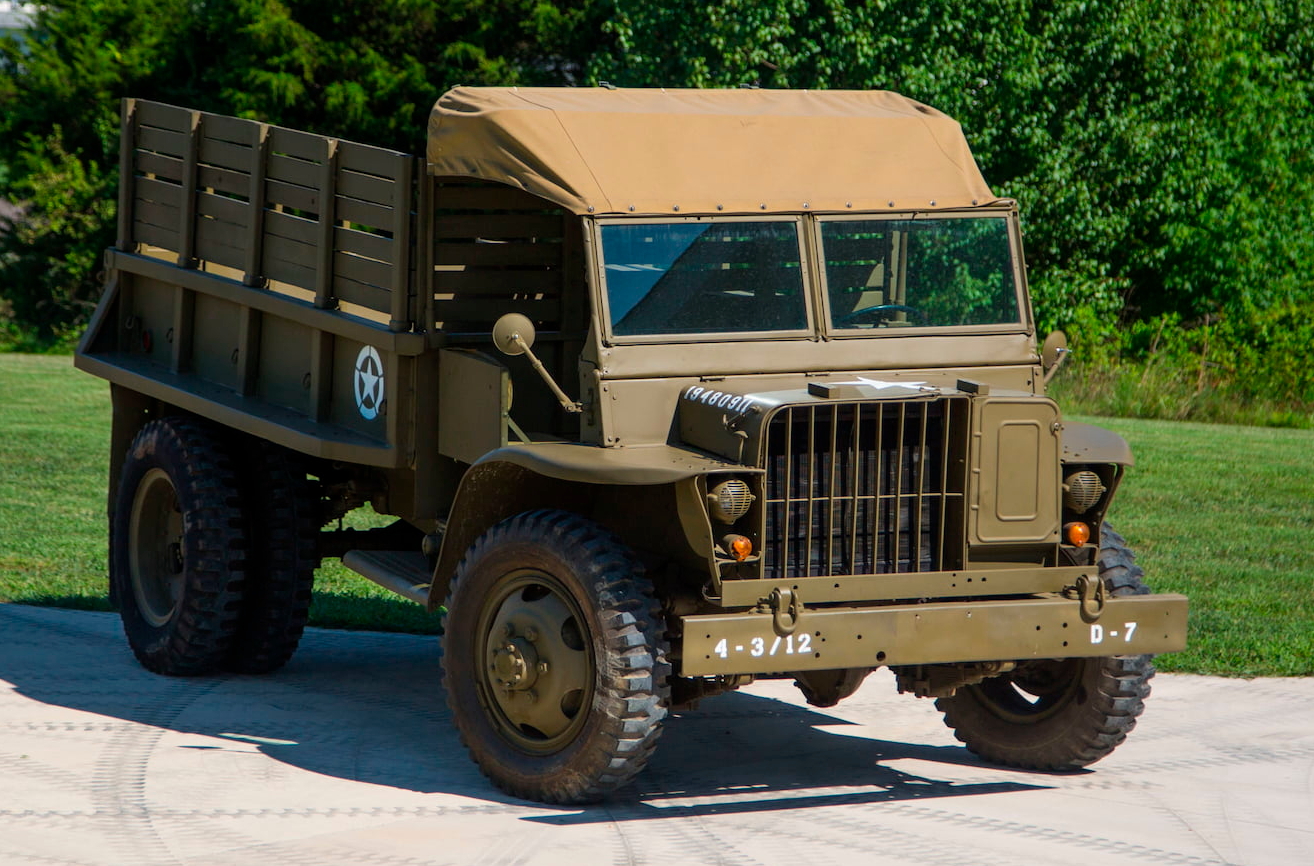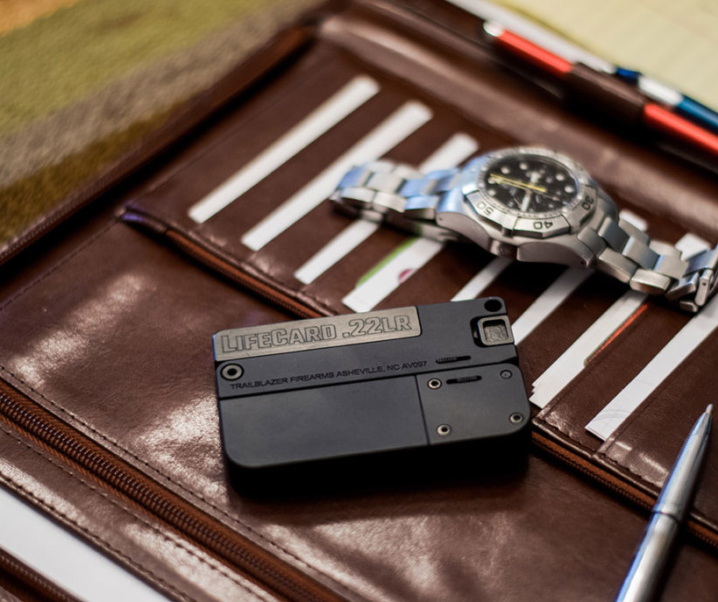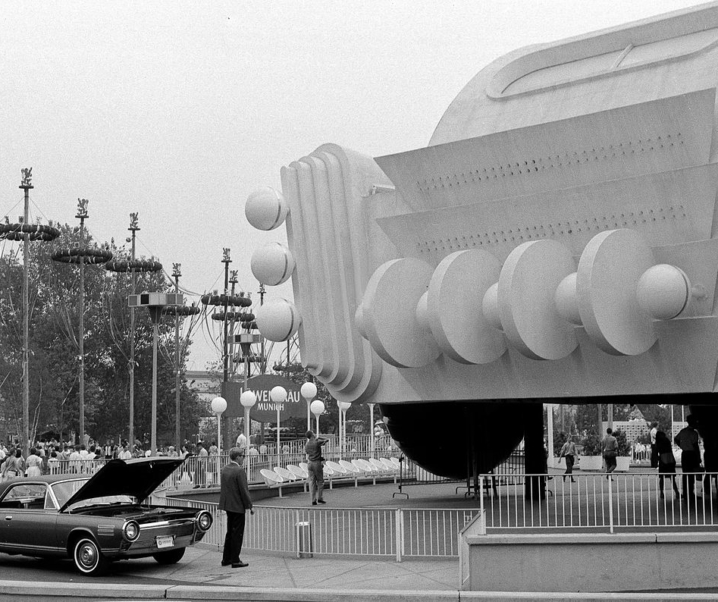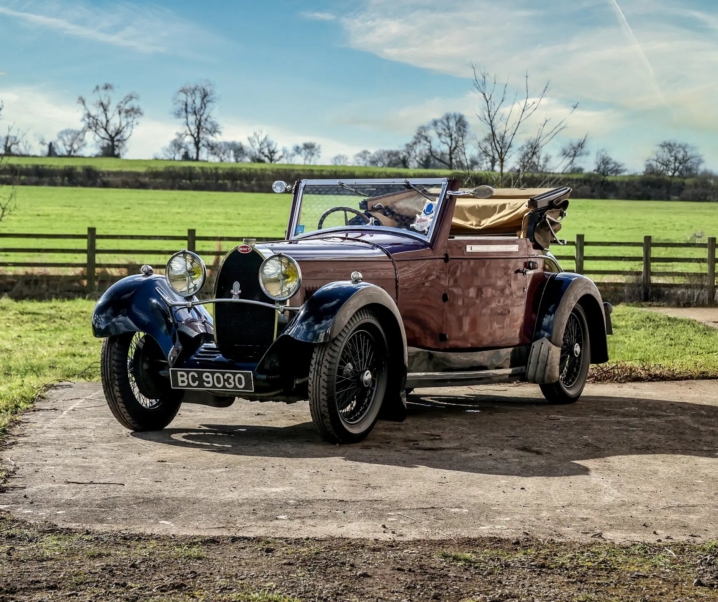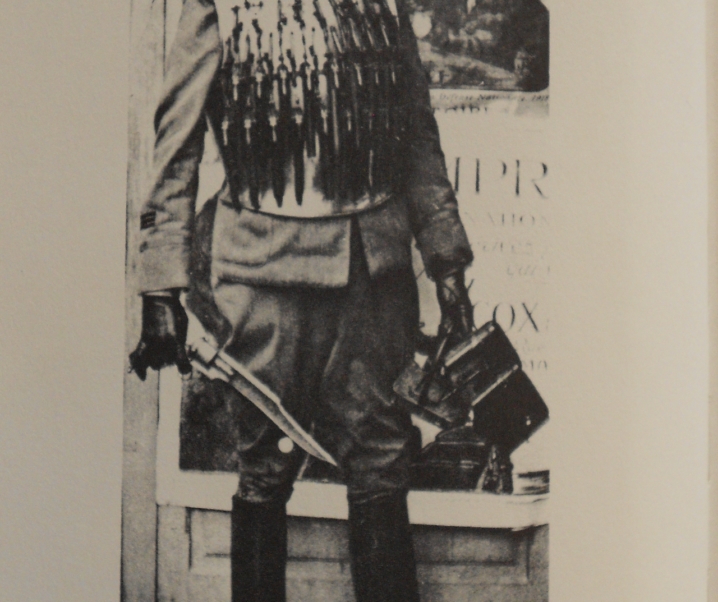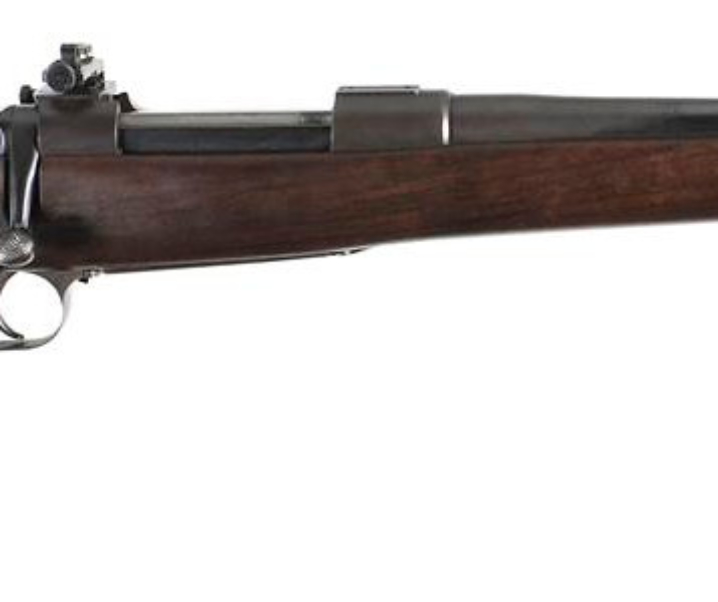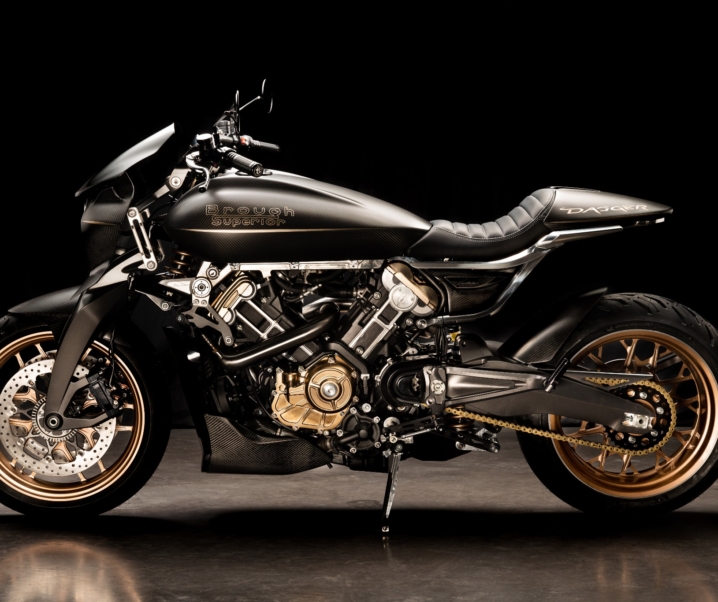World War II was a remarkably multi-faceted conflict that left its mark on families all over the world. It was a war that was not just limited to Europe and the Pacific, but which also extended deep into Asia. On the same day they struck Pearl Harbor the Japanese also attacked Hong Kong, Thailand, and the Philippines. Their follow on from that was their advance into Burma, and the subsequent taking of Singapore. Prior to the official start of the War Japan had also invaded China and established their puppet state of Manchukuo in 1931, followed by the escalation of hostilities caused by the Marco Polo Bridge incident of 1937.
With the Japanese having established what must have seemed a nearly insurmountable strength in Asia British Commonwealth and American military leaders formulated plans to defeat them, and remove them from the countries they had invaded. One of the key components of these strategies required the supply and support of the Chinese Nationalist forces of Chiang Kai Shek in their fight to defeat the Japanese in China. In order to do this those supplies had to be delivered through a not-so-convenient back-door, a back-door that needed to wind its way from Assam in India through Burma to China. At that time no road existed: and American General Stilwell was charged with the responsibility of creating one.
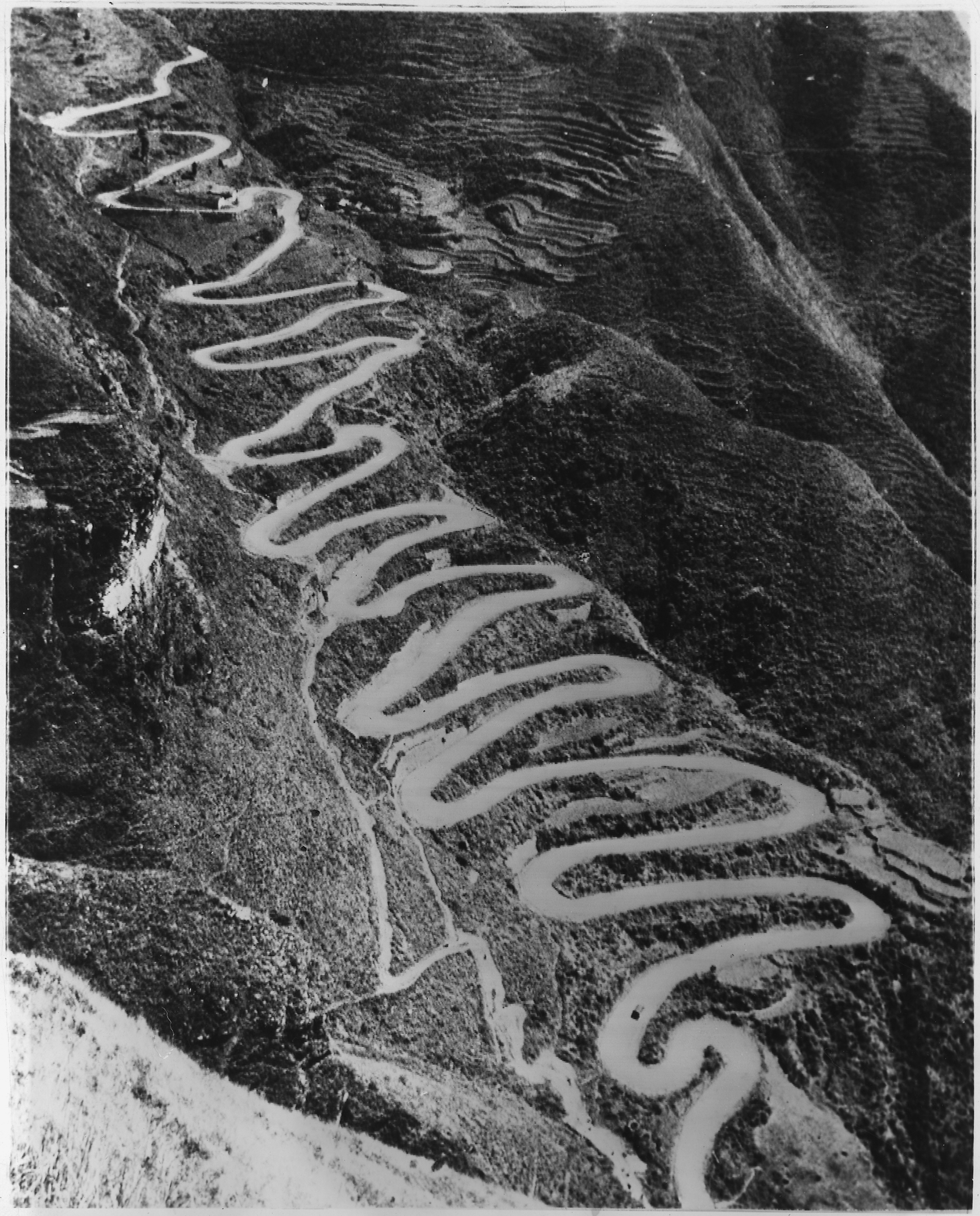
The terrain through which this road was to be forged ranks among some of the most inhospitable on earth. In some sections it was necessary to move approximately 100,000 cu. ft. of earth per mile of road constructed. Doing that construction work were 15,000 American GI’s and 35,000 Burmese. Conditions were so harsh that it was estimated that the road cost the life of “A man per mile”.
For the sort of work that was required for this sort of operation in Burma, Ford created a Jeep like truck with four-wheel-drive, wide track, small 32′ turning circle, and a full 1.5 tons of load carrying capacity. Notable in the design was that the driver’s position was placed so he would have a near uninterrupted view of the track close in front of him. As any 4WD aficionado will tell you this is a great advantage when you have to negotiate a difficult rocky terrain where you need to be careful about where you place each wheel.
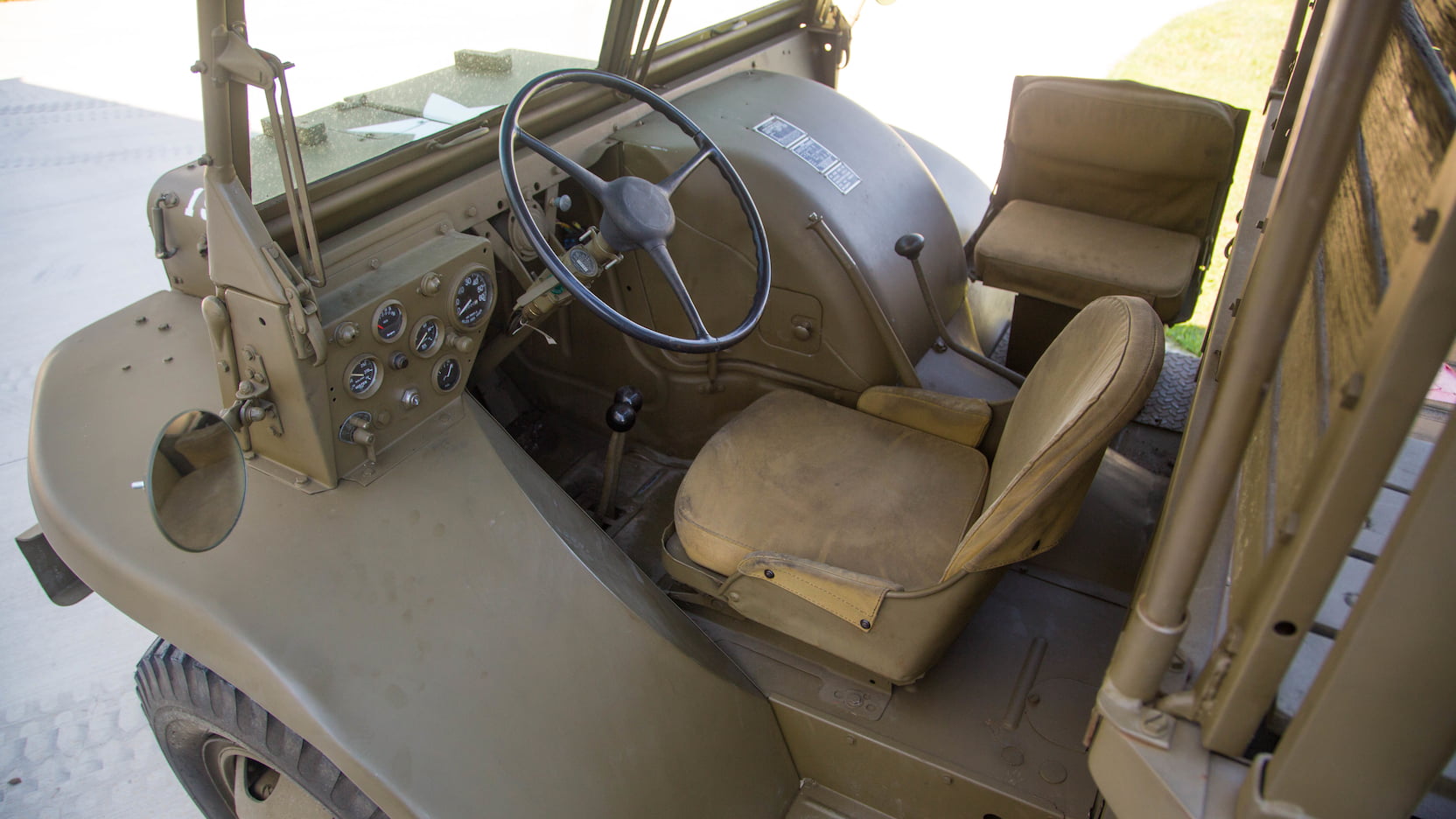
Ford’s new “Burma Jeep” was officially designated the “GTB-G622” and was also known as the Ford GTB 1.5 ton truck. The engine of the GTB was a standard Ford in-line six cylinder four stroke “L-head” gasoline engine producing 90hp @ 3,400rpm, and capable of running on 70 octane fuel although it would no doubt have been able to use lower than that. The gearbox was a four speed with a High and Low range transfer case, and the truck’s fuel economy was around 9 miles to the US gallon depending on the nature of the driving task being undertaken. Top speed was an adequate 45 miles per hour and the fuel tank provided a useful 40 US gallon capacity to give the vehicle a decent range.
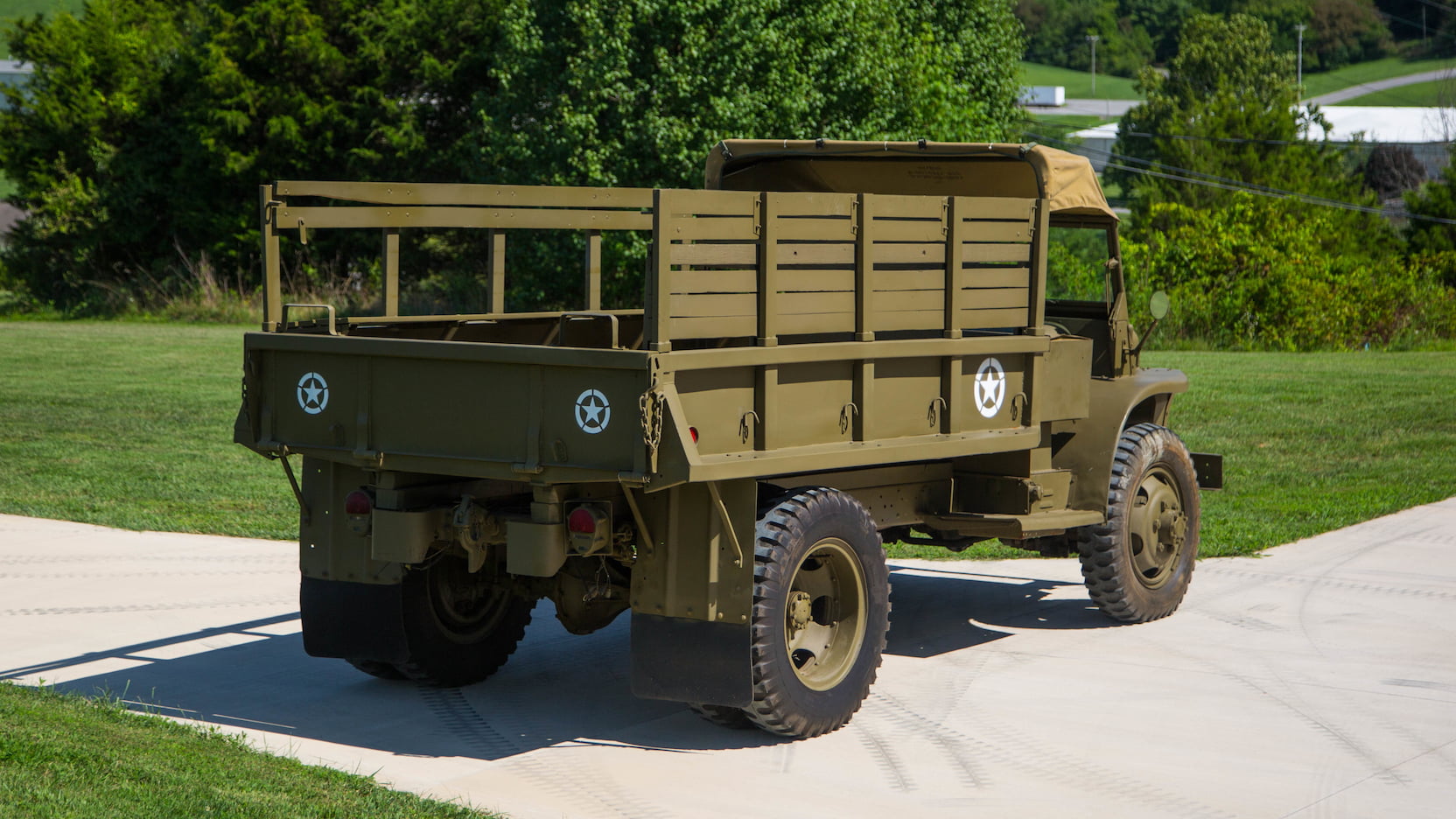
The Ford Burma Jeep was primarily used by the USMC and US Navy, and was made in a number of different models. The base model was called the GTB-G622 and was equipped with the tray top rear sometimes with seating for troop transport. This vehicle was designated the GTBA by the USMC and US Navy although it was essentially the same truck, but painted “Ocean Gray”. The GTBS was the bomb service variant which came equipped with a useful crane on the rear for lifting bombs into position onto combat aircraft. An improved version of the GTBS was called the GTBC, both of these variants were made for the USMC and US Navy. Last but not least was the wrecking version which was called the GTBB: only about fifty of that model were made. In total there were about 1,500 of the “Burma Jeeps” made, some being equipped with a 10,000lb capacity front winch either by Braden or Garwood.

The Ford Burma Jeeps saw service both during World War II and the Korean War before being retired and sold off as surplus. Many found their ways onto farms across the US where they were commonly used for typical around the farm work, including plowing. In the intervening years some of these survivors have been found by military vehicle enthusiasts and they occasionally turn up for sale.
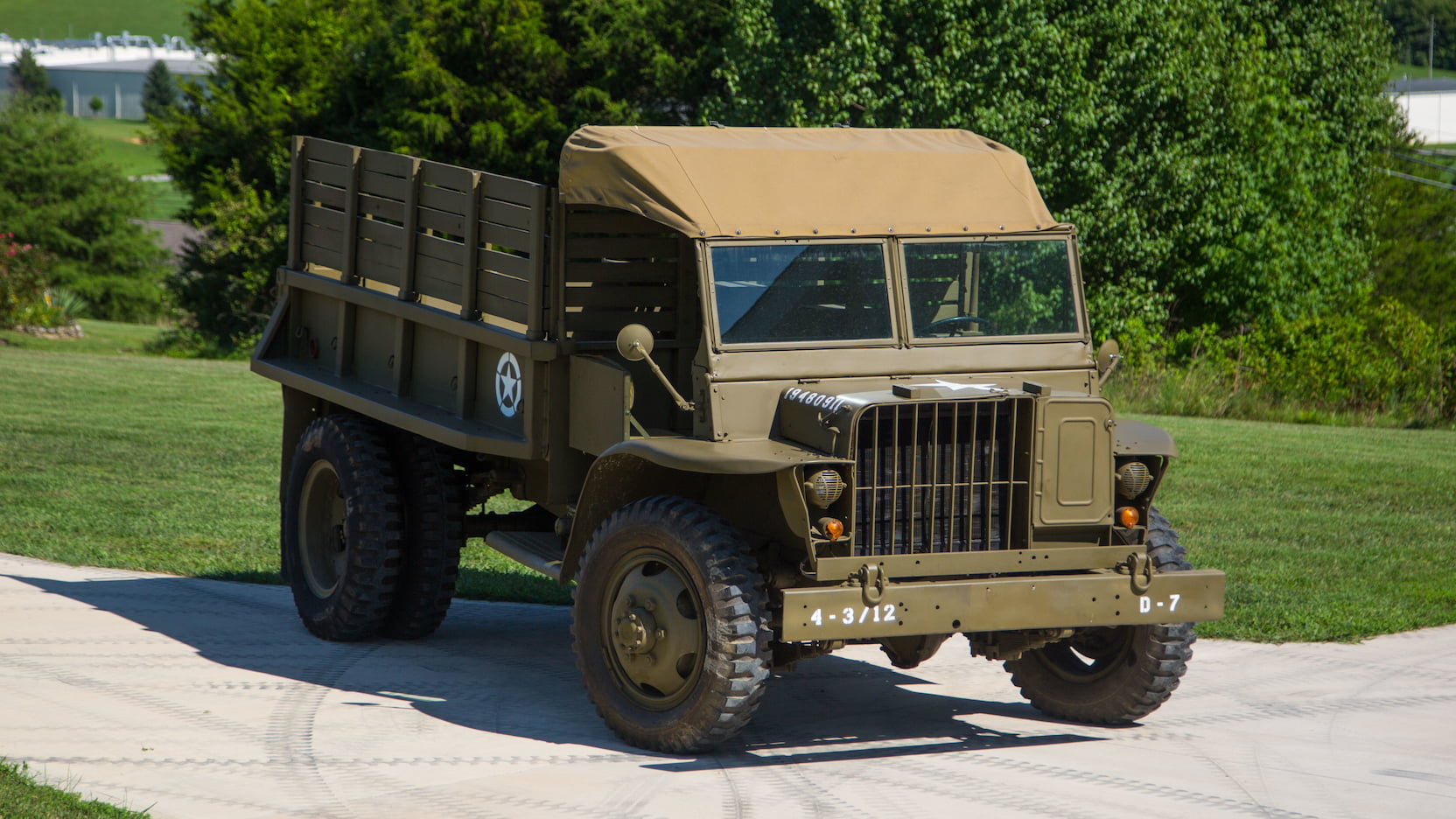
The Ford Burma GTB in our pictures is a restored original and is coming up for sale by Mecum Auctions at their Chicago 2018 auction which runs from October 25-27, 2018.
You will find the sale page for this historic vehicle if you click here.
The Ford “Burma Jeep” GTB-G622 is an example of practical vehicle design, done by people who really understood how to make a light truck that was perfectly suited to its intended purpose. The one coming up for sale by Mecum Auctions looks to be a prime example.
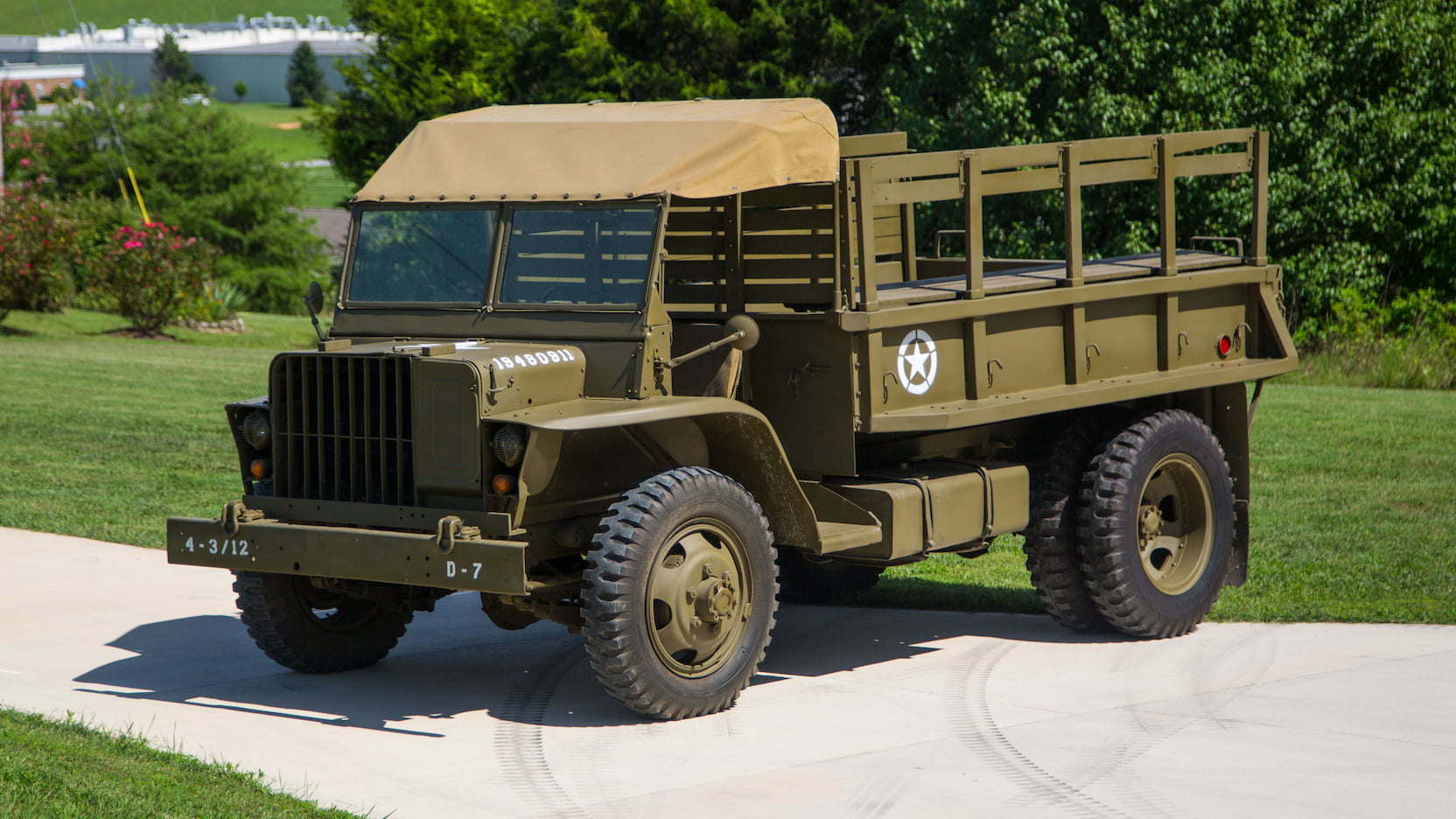
Photo Credits: All pictures of the sale Ford Burma Jeep are courtesy Mecum Auctions. Other pictures as individually noted.

Jon Branch is the founder and senior editor of Revivaler and has written a significant number of articles for various publications including official Buying Guides for eBay, classic car articles for Hagerty, magazine articles for both the Australian Shooters Journal and the Australian Shooter, and he’s a long time contributor to Silodrome.
Jon has done radio, television, magazine and newspaper interviews on various issues, and has traveled extensively, having lived in Britain, Australia, China and Hong Kong. His travels have taken him to Indonesia, Israel, Italy, Japan and a number of other countries. He has studied the Japanese sword arts and has a long history of involvement in the shooting sports, which has included authoring submissions to government on various firearms related issues and assisting in the design and establishment of shooting ranges.

